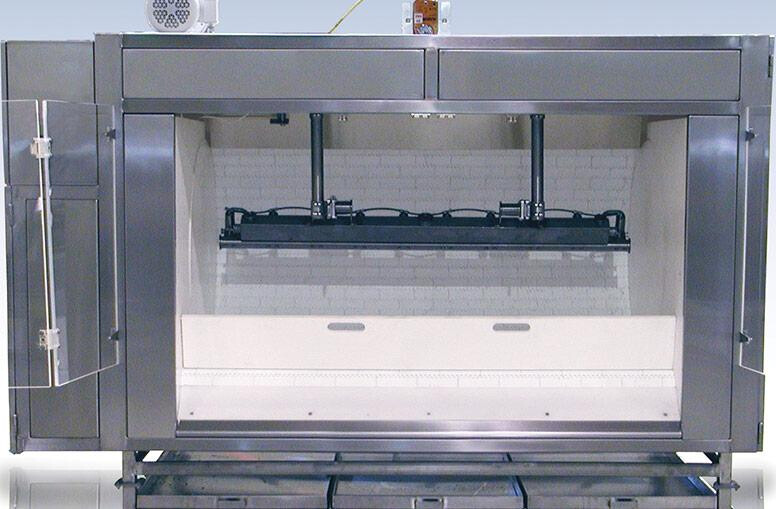
Hello dear friends!
Can you share your thoughts and/or experience on this matter:
Given
- Coating machine.
- Dried fruits in similar relatively small cubes of 2x2x2cm (5% moisture apples, pears, pine apple, etc.)
- Different hot peppers in flakes.
The task:
To cover those fruits without heating in small batches with flakes.
What to avoid:
To raise water activity of final product
What are the best solutions for this task?
